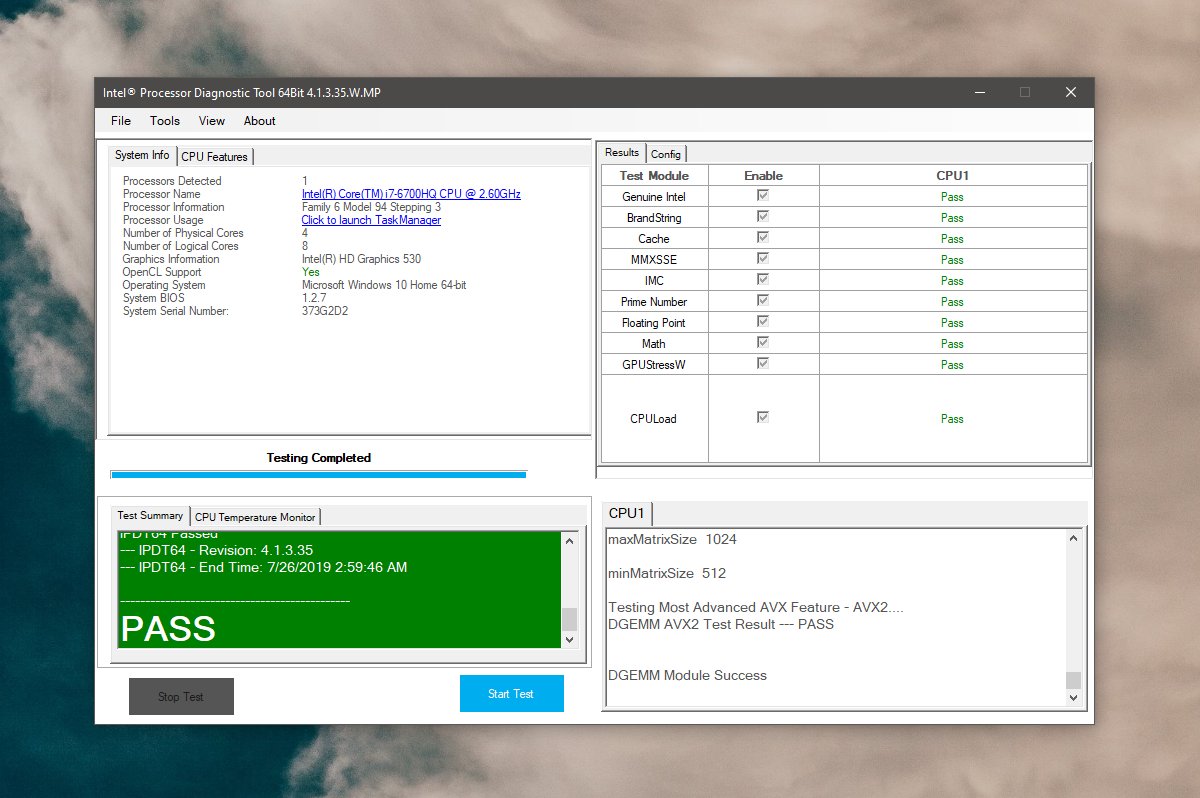
With Linux on the Itanium systems, Intel got close: Moving from four to 32 processors increased the processor count by a factor of eight and performance nearly as much, from 81,000 to near 600,000, Saxena said. One holy grail of server designers is "linear scaling," under which increasing the processor count increases performance by the same amount. That system produced a score of 81,000 on the TPC-C test last November, a result Oracle and others loudly trumpeted. Intel began its testing on a four-processor Hewlett-Packard rx5670 Itanium server with a forthcoming version of Oracle's database software and Red Hat Enterprise Linux AS 2.1.

Endowing Linux with this ability could expand Linux's market and allow it to encroach further onto the turf of Windows and Unix. Linux currently is most widely used on lower-end servers, typically with one, two or four processors but many databases used at the heart of corporate computing operations require more powerful machines with dozens of processors. The current top score on the Transaction Processing Performance Council's TPC-C is 707,000 transactions per minute, held by a Helwett-Packard Windows server using the forthcoming Itanium 2 6M processor. "We're very close" to reaching the 600,000 transaction-per-minute level on a database server speed test called TPC-C. Sunil Saxena, Intel's principal engineer for the Linux operating system, described the result at the Enterprise Linux Forum here Thursday.

In laboratory tests, the company found that a Linux-based 32-processor Itanium server is nearing the ability to perform 600,000 transactions per minute, a score that puts it near today's most powerful Windows and Unix servers. Intel has been testing how well Linux can handle large databases, a demanding task that requires a server to perform huge numbers of transactions. SANTA CLARA, Calif.- Intel has found that a 32-processor Itanium server running Linux is rivaling Windows and Unix servers in database performance, a major accomplishment for the comparatively young operating system.


 0 kommentar(er)
0 kommentar(er)
